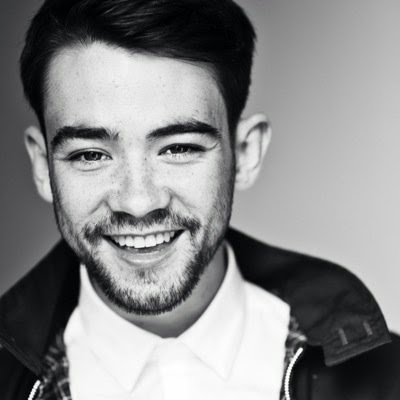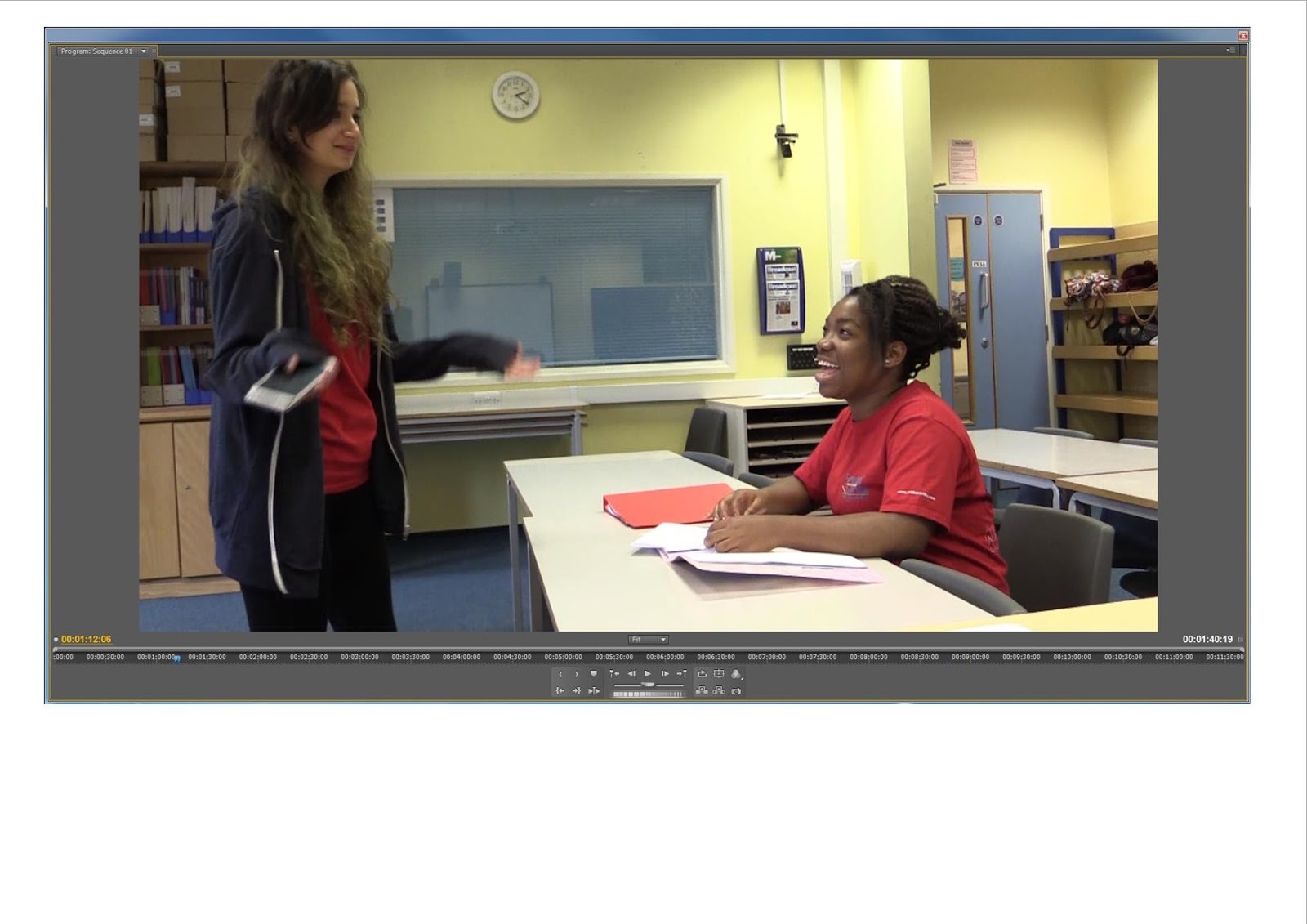Genre: Animation, Action, Superhero, Comedy (IMDB)
Style of Production: Hollywood Film,
High Concept Film, Event Movie
High Concept Film, Event Movie
What's the film about?
Themes of the Film:
->Coming of age
->Disney
->Outsiders
->Crime-fighters
->Friendship
->Good vs Evil
->Comedy
->Comedy
Synopsis:
The special bond that develops between plus-sized inflatable robot Baymax, and prodigy Hiro Hamada, who team up with a group of friends to form a band of high-tech heroes. - IMDB - WIIRED
Global and UK release dates? Where and what formats?
Global and UK release dates? Where and what formats?
Release Dates:
23rd October-> Japan [Tokyo International Film Festival], Russia
25th October-> USA [Austin Film Festival] [Philadelphia International Film Festival], Ukraine, Kazakhstan, Belarus, Azerbaijan
27th October-> USA [Savannah Film and Video Festival]
31st October-> United Arab Emirates [Abu Dhabi Film Festival]
1st November-> USA [Hawaii Film Festival]
[REST FROM 6th OF NOVEMBER - 11th OF FEBRUARY (France)]
UK release dates-> 30th January 2015
IMDB
23rd October-> Japan [Tokyo International Film Festival], Russia
25th October-> USA [Austin Film Festival] [Philadelphia International Film Festival], Ukraine, Kazakhstan, Belarus, Azerbaijan
27th October-> USA [Savannah Film and Video Festival]
31st October-> United Arab Emirates [Abu Dhabi Film Festival]
1st November-> USA [Hawaii Film Festival]
[REST FROM 6th OF NOVEMBER - 11th OF FEBRUARY (France)]
UK release dates-> 30th January 2015
IMDB
Release Platforms:
Nationality:
->American Japanese Cast
->American Finance (Disney)
->Dystopian Setting [Americanised Tokyo
(San Fransokyo)]
(San Fransokyo)]
->Global Target Audience - Global release
->American Production
->>Overall Film: American
Institutions behind the film's production and distribution?
Institutions behind the film's production and distribution?
->Disney Animation Studios
->Walt Disney Motion Pictures
Distribution:
->Forum Hungary (theatrical) [Hungary]
->Walt Disney Studios Japan (theatrical) [Japan]
->Walt Disney Studios Motion Pictures (theatrical) [Argentina, France, Singapore, USA, UK]
->Walt Disney Studios Sony Pictures Releasing (theatrical) [Russia]
-IMDB
->Walt Disney Studios Sony Pictures Releasing (theatrical) [Russia]
-IMDB
What's the film's production budget? What's the source of finance?
Production Budget: Very big (precise budget TBC)
Sources of Finance:
->Walt Disney (Hollywood)
Connections with Other Films:
->From the creators of: ->Wreck-It-Ralph
->Frozen
->Tangled
->Don Hall - IMDB [Part of many other Disney Productions such as The 'Empero's New Groove' (2000) and 'The Princess and the Frog' (2009)]
->Chris Williams - IMDB [Part of many other Disney Productions such as 'Bolt' (2008) and 'Mulan' (1998)]
->Behind the scenes book is on sale - AMAZON
->Loosely based on a comic - WIRED - MARVEL
->Frozen
->Tangled
->Don Hall - IMDB [Part of many other Disney Productions such as The 'Empero's New Groove' (2000) and 'The Princess and the Frog' (2009)]
->Chris Williams - IMDB [Part of many other Disney Productions such as 'Bolt' (2008) and 'Mulan' (1998)]
->Behind the scenes book is on sale - AMAZON
->Loosely based on a comic - WIRED - MARVEL
Who's the director? Reputation?
Directors:
->Chris Williams
How has the film been cast? Who is in it?
Cast:
Japanese/American Cast
Predominantly Male Cast
->Scott Adsit - Baymax - IMDB
->Ryan Potter - Hiro Hamada - IMDB
->Daniel Henney - Tadashi Hamada
->T.J. Miller - Fred
->Jamie Chung - GoGo Tomago
->Genesis Rodriguez - Honey Lemon
Audience?
Japanese/American Cast
Predominantly Male Cast
->Scott Adsit - Baymax - IMDB
->Ryan Potter - Hiro Hamada - IMDB
->Daniel Henney - Tadashi Hamada
->T.J. Miller - Fred
->Jamie Chung - GoGo Tomago
->Genesis Rodriguez - Honey Lemon
Audience?
Core Audience:
->Young Children (6-12)
->Fans of Disney
->Fans of Pixar Styled Movies
->Families
->Fans of Pixar Styled Movies
->Families
Secondary Audience:
->Fans of Actors
Tertiary Audience:
->Fans of children Film
->Fans of big event movies
->Parents looking to entertain the whole family (family day out)
>> The trailer and Disney website were both good sources of information for this<<
>> The trailer and Disney website were both good sources of information for this<<



_poster.jpg)





























